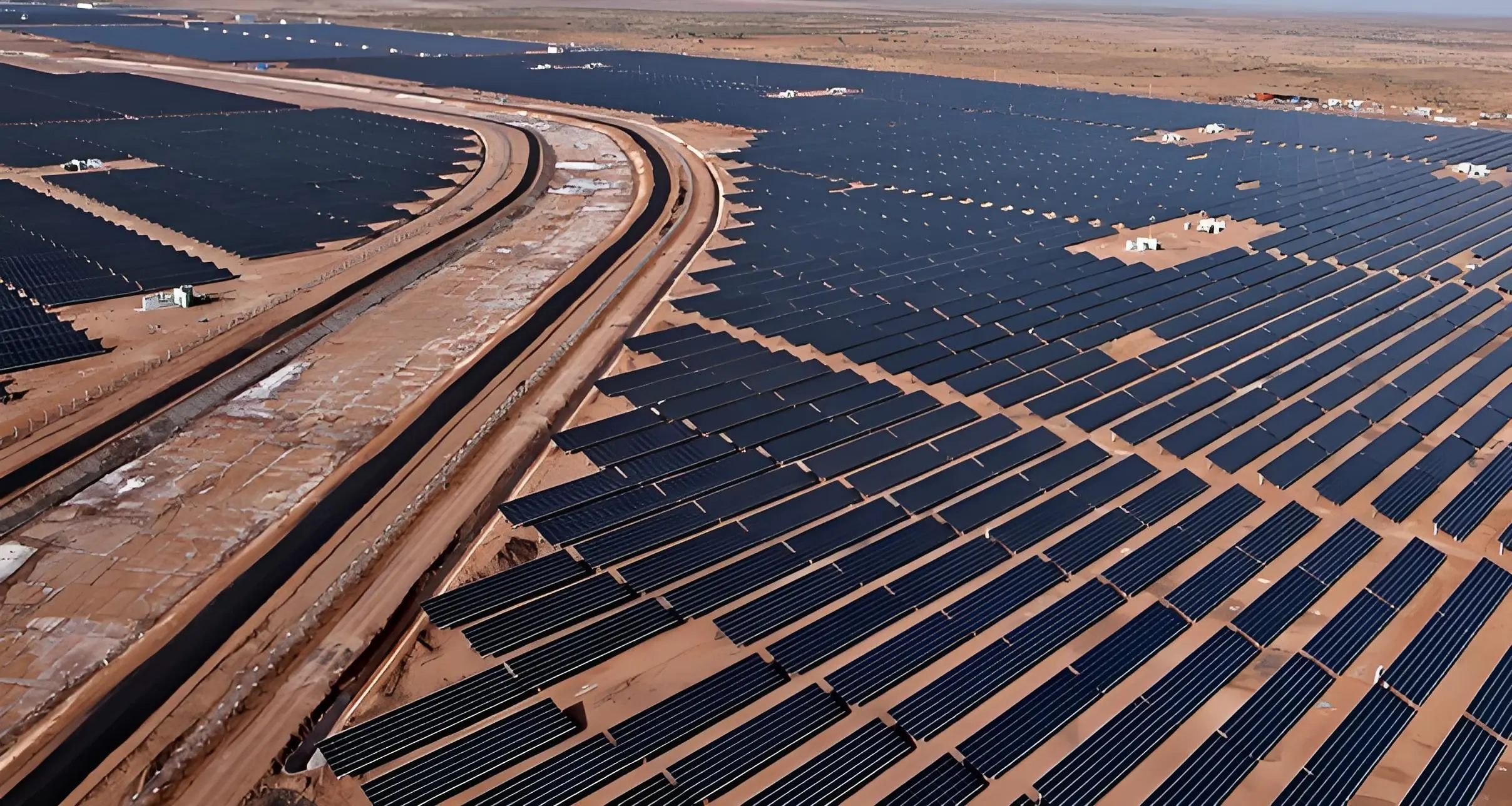As society develops and more electrical appliances become popular, energy consumption in every country is rising dramatically. When describing large amounts of electricity or Commercial solar Battery, you will most likely see a long string of numbers with many zeros when using kWh as the unit. At this time, you may see “megawatt” or “MW”. What do they mean? This article will explain in detail.
What is a Megawatt (MW)?
A Megawatt (MW) is a unit of power equal to one million watts (1,000,000 watts). It is commonly used to measure the power output of large power plants, wind turbines, solar farms, and other large-scale power generation equipment. MW is a standard unit for describing energy scales in the electricity sector.
1 Megawatt Equals How Many Kilowatts?
1 Megawatt equals 1,000 kilowatts (kW). Since 1,000 watts equal 1 kilowatt, and 1,000 kilowatts equal 1 Megawatt, MW is essentially 1,000 times larger than kW. You can easily convert KW, MW in PKNERGY’s KW, MW calculator.
What is Bigger: GW or MW?
In terms of electrical power, GW (gigawatt) is much larger than MW (megawatt). Just like the relationship between MW and KW, 1 GW is equal to 1,000 MW, or 1,000,000,000 watts. GW is usually used to describe larger-scale power generation, such as a national grid or large power plants, while MW refers to smaller facilities or regional energy use.
How Many Solar Panels Are Needed to Produce 1 Megawatt?
To produce 1 Megawatt of power, approximately 3,000 to 4,000 solar panels are needed, depending on their output and local sunlight conditions. A standard solar panel usually generates between 250 to 400 watts. For instance, using 400-watt panels would require around 2,500 panels to reach 1 Megawatt capacity.
How Big is a 1 Megawatt Solar Farm?
1 Megawatt solar farm typically covers about 4 to 5 acres (approximately 16,000 to 20,000 square meters). This area depends on the panel efficiency, layout, and other site-specific factors. Such a solar farm can generate enough energy to power small communities or commercial facilities.
How to Store 1 MWh of Energy?
To store 1 Megawatt-hour (MWh) of energy, a large-scale Battery Energy Storage System (BESS) is typically required. For example, PKNERGY offers a 20ft 1MWh BESS that can provide backup power for multiple households, reducing energy costs and mitigating blackout risks.
How Many Homes Can 1 MWh Power?
On average, a household consumes about 1 to 2 kWh of electricity per hour. Therefore, 1 MWh can supply electricity to approximately 500 to 1,000 households for one hour. Based on data from the U.S. Energy Information Administration (EIA), an average American household consumes around 10,500 kWh annually, or roughly 30 kWh daily. Thus, 1 MWh could power around 300 such homes for a day.
Difference Between MW and MWh
MW (Megawatt) measures instantaneous power output or consumption, while MWh (Megawatt-hour) is an energy unit that indicates the total energy produced or consumed over time. MW describes capacity, while MWh shows the cumulative energy delivered or used within a specific time frame.Learn more about MW and MWH
Conclusion
Megawatt (MW) is a key metric in the power industry, representing large-scale energy capacities. MWh, on the other hand, reflects total energy usage or generation over time. Understanding these units helps evaluate energy projects, plan power consumption, and promote sustainable energy solutions like solar farms and energy storage systems.
Save Money, Protect Environment
PKNERGY helps you reduce your energy bills for your home solar energy storage, store your solar energy for use anytime- at night or during an outage.




